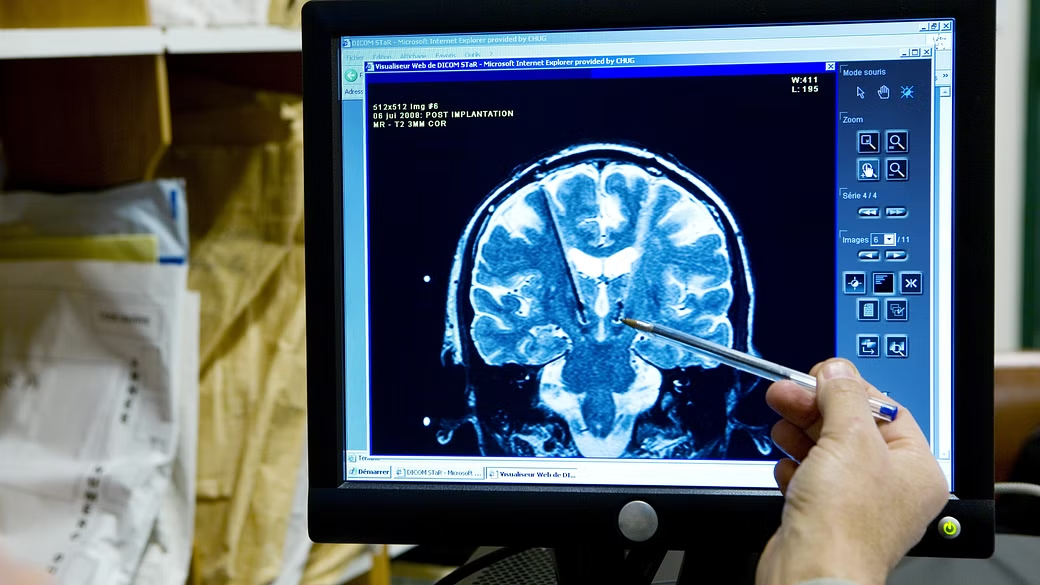
Researchers identify brain’s ‘blue spot’ linked to sleep, memory
text_fieldsLondon Researchers have discovered a 'blue spot' in the brain associated with sleep and memory, an advance that may offer insights into how sleep is regulated.
The benefits of sleep for the brain have long been recognized. Furthermore, light is not just for seeing, but also plays an important role in other aspects such as mood.
What we don't know is how all this happens in our brains.
A team from the University of Liege in Belgium using ultra-high field 7 Tesla MRI demonstrated that the quality of our REM sleep (the part of sleep during which we dream the most) is linked to the activity of the locus coeruleus.
This small brain nucleus, the size of a 2cm-long spaghetti, is located at the base of the brain (in the brainstem).
 Also Read:Better hypertension control can save 4.6 mn lives in India by 2040: WHO
Also Read:Better hypertension control can save 4.6 mn lives in India by 2040: WHO
The locus coeruleus -- Latin for "blue spot" -- owes its name to its colour when observed in autopsy. It projects to just about every area of the brain (and to the spinal cord) to secrete a neuromodulator called noradrenaline, which is not only important for stimulating neurons and keeping them awake, but also for a whole series of cognitive processes such as memory, emotional processing, stress and anxiety.
Its stimulating activity must diminish to initiate sleep and stop to allow REM sleep. "This allows REM sleep to work without noradrenaline, sorting out the synapses that need to be retained or eliminated during sleep and enabling a new day, full of new experiences," says Gilles Vandewalle, from the varsity.
Animal research has already shown that the functioning of this small nucleus is essential for sleep and wakefulness. "In humans, little has been verified because the small size of the nucleus and its deep position make it difficult to observe it in vivo with conventional MRI," said Ekaterina Koshmanova, a researcher in the laboratory and first author of the article published in JCI Insight.
"Thanks to the higher resolution of 7 Tesla MRI, we were able to isolate the nucleus and extract its activity during a simple cognitive task during wakefulness, and thus show that the more reactive our locus coeruleus is during the day, the poorer the perceived quality of our sleep and the less intense our REM sleep."
This seems to be particularly true with advancing age, as this effect was only detected in the individuals aged between 50 and 70 included in the study and not in young adults aged between 18 and 30.
This finding could explain why some people become progressively insomniac with age.
These initial results also lay the foundations for future studies on the activity of this small nucleus during sleep and the role it could play in insomnia and in the link between sleep and Alzheimer's disease.
With inputs from agencies
 Also Read:Blue light from smartphones, tablets linked to early puberty in males
Also Read:Blue light from smartphones, tablets linked to early puberty in males























